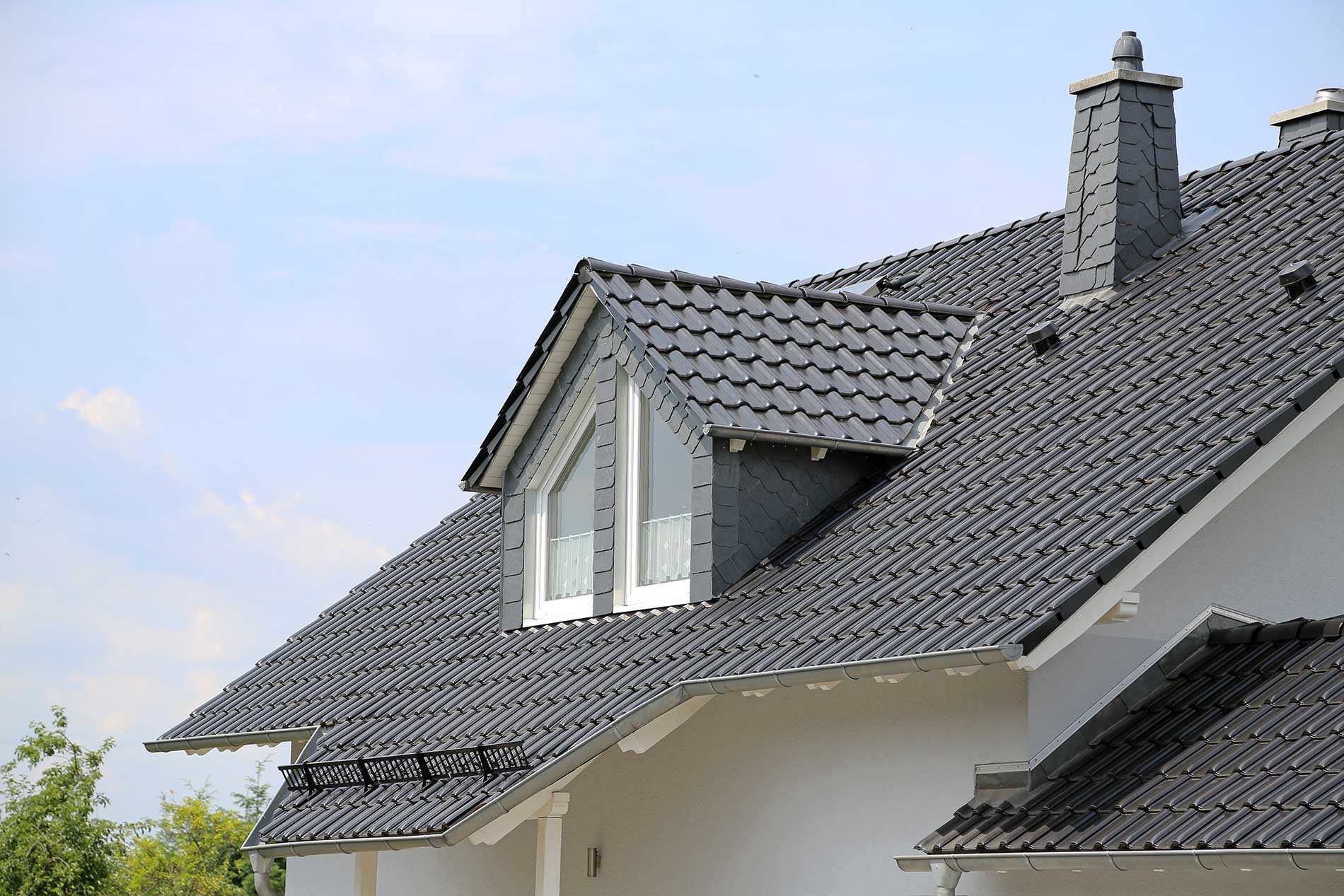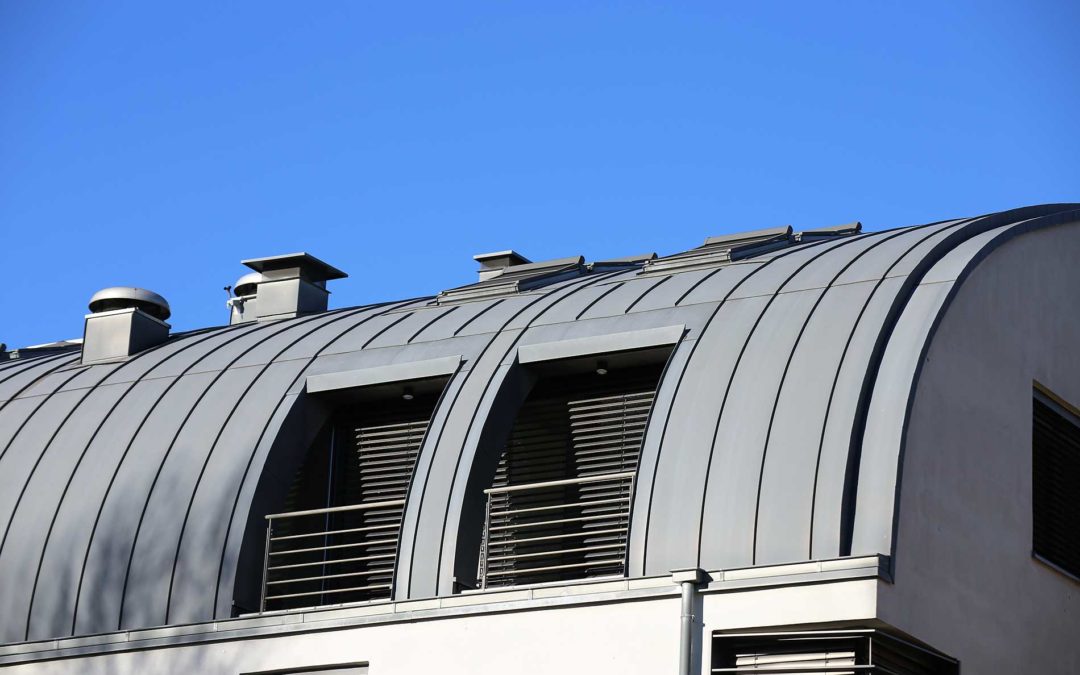Roofing is an essential element that merits consideration when designing that new home or office building. Have you heard of standing seam roofing? In recent times, this type of metal roofing has gained in popularity.
What is standing seam roofing?
These popular roofs feature a hidden fastener-and-metal panel system with vertical legs and a flat area between the legs. The roof is formed by folding and crimping the edges between the panels. As the name suggests, this is a roof where the seams run vertically.
Choices in Standing Seam Profiles
The four primary profile options of note are snap-lock, mechanical seam, batten panel and the nail or fastener flange.
Snap-Lock
The snap-lock profile offers panels that are roll-formed with specifically shaped edges. The two legs snap together using a clip and without any hand or mechanical seaming, thereby making it easier and cheaper to install. When installed correctly, they are highly durable in all environments.

Mechanical Lock
The mechanical lock profile also has roll-formed panels with specifically-shaped edges, but it involves mechanical seaming. In this method, the edges are bent by hand or with a mechanical seamer. This version comes in two varieties – the single-lock seam and the double-lock seam.
- The single-lock seam requires less labour and is easier to replace. But it can be less sturdy than its double-lock counterpart.
- The double-lock seam is ideal for low-slope applications and residential and commercial properties located in cold weather areas.
Batten Panel
The batten panel profile is where the two legs are roll-formed and then butted next to each other. Once butted up, a metal cap is installed over the legs that serve as a seam. The batten panel profile has two varieties – Tee seam and Snap cap.
- The Tee Seam is weather-resistant and is ideal for harsh conditions. And it works well for steep and low-slope applications.
- Snap cap does not need any mechanical seaming and is suitable for curved panel applications. The snap cap runs the risk of the batten piece on top sliding off if not installed appropriately.
Nail Flange
The Nail flange piece fastens to the deck of the metal panel. It is popular as it is less expensive and requires fewer accessories for installation. A drawback may be its shorter lifecycle.
Get in touch
Speak to the experts at Nielsen Roofing & Sheet Metal Ltd about standing seam roofing alternatives. We serve residential and commercial customers in Penticton and the South Okanagan. At Nielsen, we prioritize safety; a dedicated construction safety officer accompanies the roofing team onsite to overview the process.
